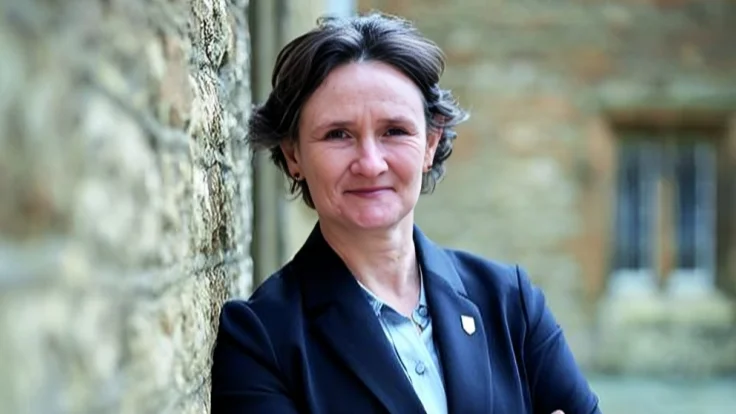A team of researchers led by the University of Oxford and Queen’s University Belfast has developed an artificial intelligence tool designed to help astronomers identify supernovae more efficiently. The tool, called the Virtual Research Assistant (VRA), automates much of the process that previously required manual review.
Supernovae are rare events marking the end of massive stars and play a key role in understanding how chemical elements are formed. Detecting these explosions is challenging because they appear unexpectedly and fade quickly, requiring astronomers to sift through large amounts of data.
The Asteroid Terrestrial Impact Last Alert System (ATLAS), which scans the sky every 24 to 48 hours with five telescopes worldwide, produces millions of alerts each night. Most alerts are false positives caused by instrumental errors or known objects. After standard filtering methods, hundreds of candidate signals remain each day for manual verification.
Dr Héloïse Stevance from Oxford’s Department of Physics explained: "The surprising thing is how little data it took. With just 15,000 examples and the computing power of my laptop, I could train smart algorithms to do the heavy lifting and automate what used to take a human beings hours to do each day. This demonstrates that with expert guidance, AI can transform astronomical discovery without requiring enormous data sets or computational power."
She added: "This manual verification would take several hours each day. Thanks to our new tool, we can free up scientists’ time for what they do best; creative problem solving and questioning the nature of our Universe. It's the astrophysical equivalent of having a bot doing your laundry so you can focus on your art!"
Unlike many AI approaches that rely on large datasets and powerful computers, the VRA uses smaller decision-tree-based algorithms that allow scientists to guide its learning directly. Each time a telescope revisits an area, the VRA updates its assessment automatically.
In its first year, VRA filtered over 30,000 alerts while missing fewer than 0.08% of genuine supernovae signals. This reduced by about 85% the number passed on for manual review while retaining more than 99.9% accuracy in identifying real candidates.
Since December 2024, integration with South Africa's Lesedi Telescope has enabled automated follow-up observations before human review, resulting in confirmed new supernova discoveries.
Professor Stephen Smartt from Oxford’s Department of Physics commented: "The speed and accuracy of this tool will supercharge our team’s ability to find and study strange and rare phenomena in the cosmos – for instance, explosions from dying stars in distant galaxies, that can teach us how the chemical elements are created and how fast the Universe is expanding. We will also be able to more efficiently match optical sources to emissions in the gamma ray, x-ray and radio frequencies and possibly gravitational waves. The speed and accuracy of the models are impressive."
Looking ahead, tools like VRA will be essential as projects such as the Vera Rubin Observatory’s Legacy Survey of Space and Time (LSST) begin operations in early 2026. LSST is expected to generate over 10 million alerts per night over ten years—more than all previous surveys combined—and produce more than 500 petabytes of data during its run.
Dr Stevance said: "The LSST is set to deliver over 10 million alerts each night, finding everything from moving asteroids, supernovae, matter falling onto black holes, merging neutron stars and probably new phenomena as well. Our job as astronomers will be to keep up with this avalanche of data." She continued: "Tools like our new Virtual Research Assistant will be invaluable in helping us to better understand how supernovae and their massive stars made all the chemical elements necessary for the world as we know it – from hydrogen to apple pies."
She is currently working on building similar virtual assistants for UK and European LSST data brokers Lasair and Fink with plans for predictive tools targeting future supernova events.
"In Astronomy new knowledge is extracted from data, and LSST will be revolutionary: in its first year alone, it will capture more data than every survey ever," Dr Stevance said. "I feel so privileged to live and work at such a historical moment."
The research was published in The Astrophysical Journal. Dr Stevance's position is funded by The Eric and Wendy Schmidt AI in Science Postdoctoral Fellowship scheme.

